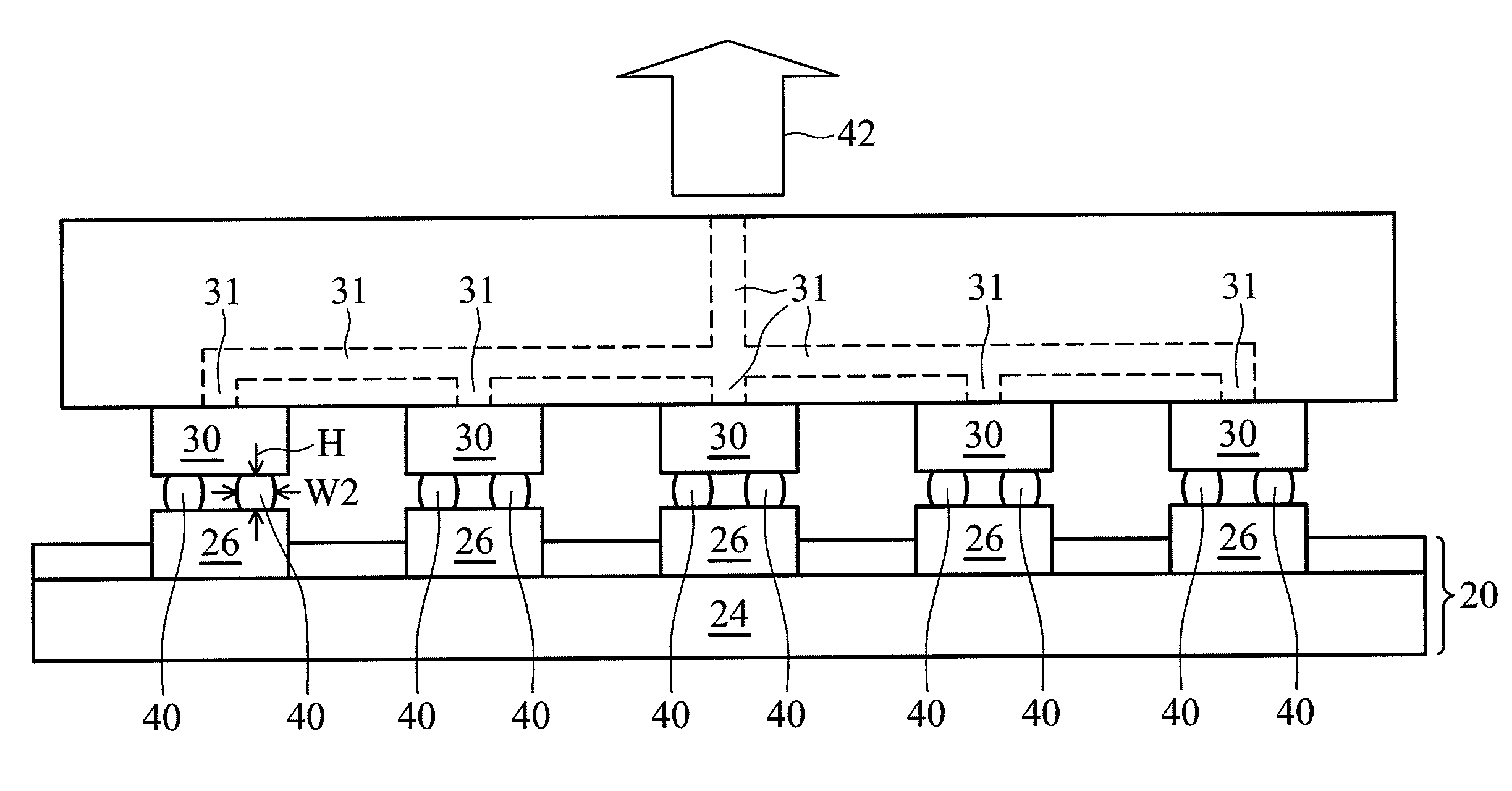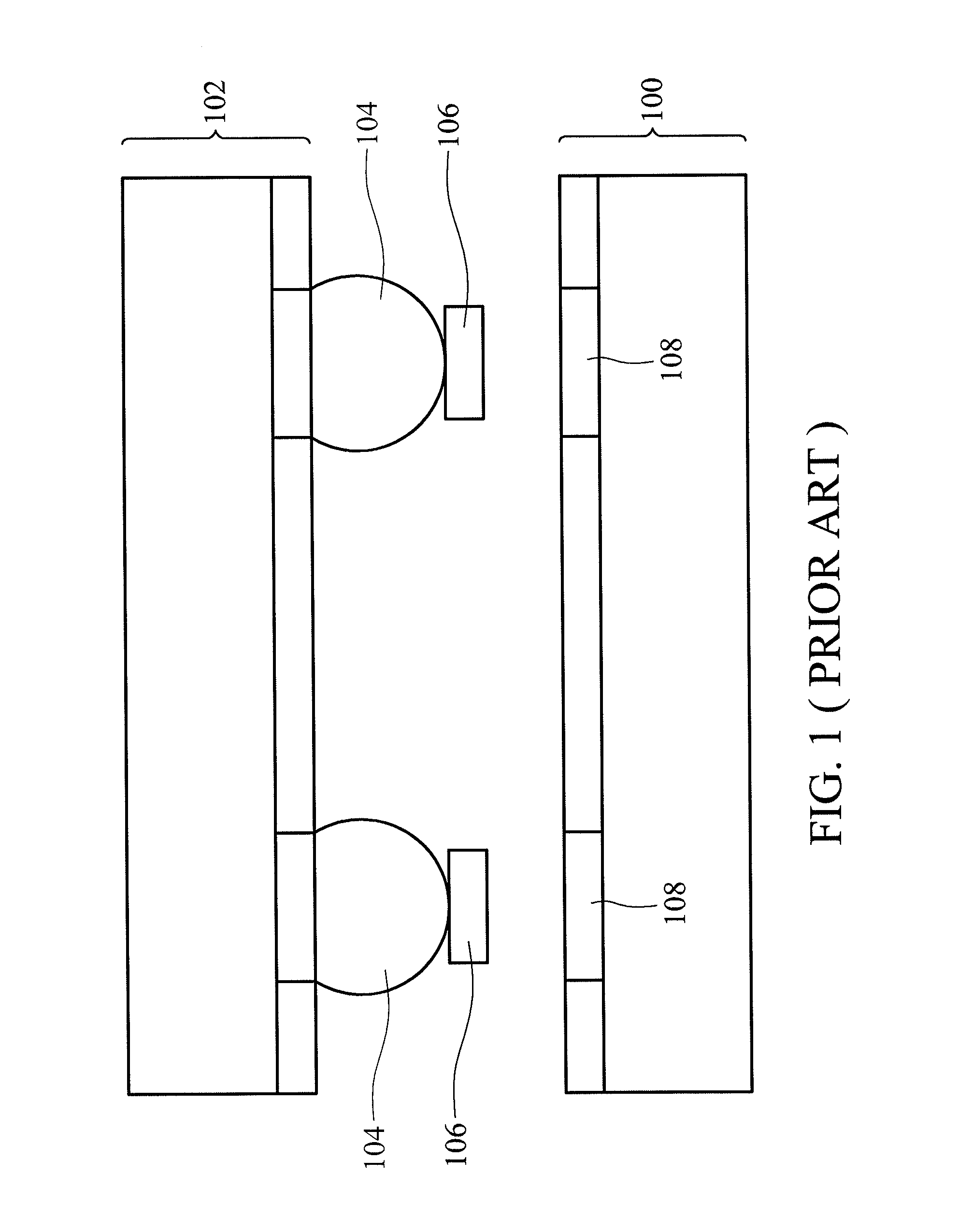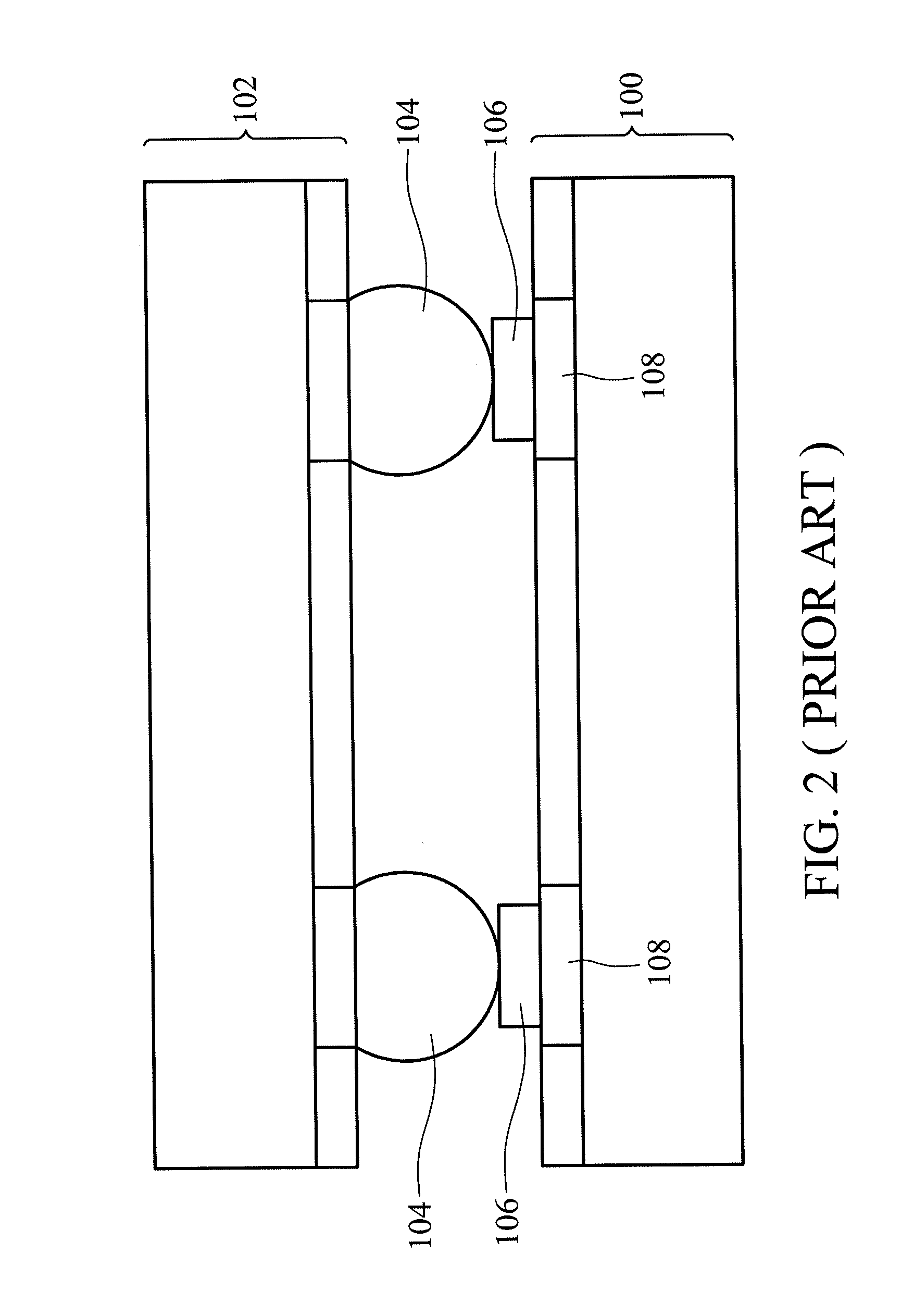Thermal Compress Bonding
- Summary
- Abstract
- Description
- Claims
- Application Information
AI Technical Summary
Benefits of technology
Problems solved by technology
Method used
Image
Examples
Embodiment Construction
[0012]The making and using of the embodiments of the disclosure are discussed in detail below. It should be appreciated, however, that the embodiments provide many applicable inventive concepts that can be embodied in a wide variety of specific contexts. The specific embodiments discussed are merely illustrative, and do not limit the scope of the disclosure.
[0013]A novel thermal compression bonding (TCB) process is provided. The intermediate stages of manufacturing various embodiments are illustrated. Throughout the various views and illustrative embodiments, like reference numbers are used to designate like elements.
[0014]FIGS. 4A and 4B illustrate a top view and a cross-sectional view, respectively, of substrate carrier 20. Substrate carrier 20 includes a plurality of work piece holders 22, which may be arranged as an array having rows and columns. As shown in FIG. 4B, work piece holders 22 may be holes having the size of work pieces 26 (not shown in FIGS. 4A and 4B, please refer ...
PUM
| Property | Measurement | Unit |
|---|---|---|
| Force | aaaaa | aaaaa |
| Height | aaaaa | aaaaa |
Abstract
Description
Claims
Application Information
 Login to View More
Login to View More - R&D
- Intellectual Property
- Life Sciences
- Materials
- Tech Scout
- Unparalleled Data Quality
- Higher Quality Content
- 60% Fewer Hallucinations
Browse by: Latest US Patents, China's latest patents, Technical Efficacy Thesaurus, Application Domain, Technology Topic, Popular Technical Reports.
© 2025 PatSnap. All rights reserved.Legal|Privacy policy|Modern Slavery Act Transparency Statement|Sitemap|About US| Contact US: help@patsnap.com



